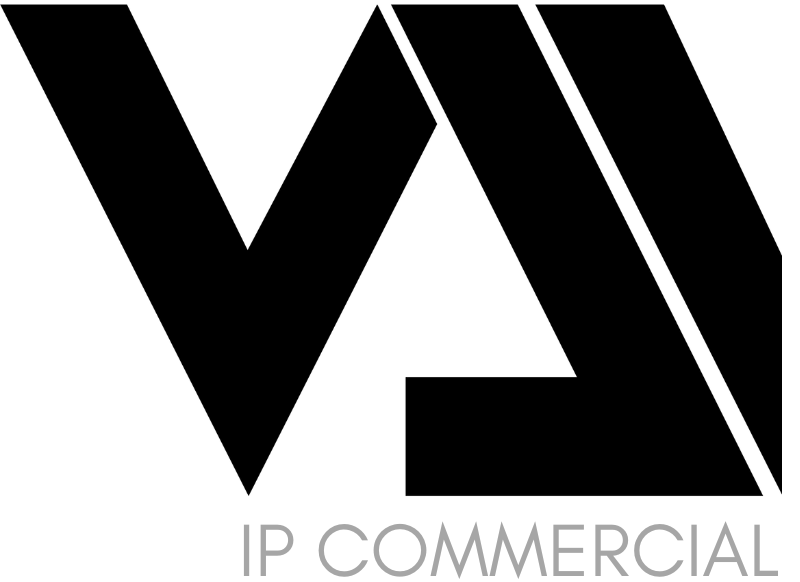Firstly, congratulations to the Registrar Amelia Na’aru and her team at the Papua New Guinea Intellectual Property Office for revamping their online search engine facility. I say “revamped” because prior to the launching of the facility we had already been using it and did find it helpful.
I thought I’d give my views on why it’s an important facility, tips on how to use it and of course some areas that I think would be beneficial for practitioners and their officers alike.
In essence, the search engine facility enables you to conduct searches of the PNG Trade Mark Register and get details in real time. I remember the days when we wanted to conduct a trade mark search and we’d write a letter to the Registrar requesting a search and attaching the fees. Our clerk would drive all the way down to Registry and file a search request and pay the fee. That used to take a week or two to get the results or sometimes longer depending on the work load of the Registry. With this facility, you can pretty much conduct a search from the comfort of your office and you don’t need to pay any official fee at all. Best of all, the results are available in seconds.
The search facility is an easier way to get information on a particular trade mark, whether it be the trade mark itself, the proprietor, registration dates or renewal deadlines.
Aside from that, you can also use the facility to find out if there are identical or similar marks of a mark that you propose to use.
Let me give you a practical example.
Say you’ve got a new product and you’re considering what brand name to use for it. You could go online and conduct a search if that brand is already registered or a pending application. If neither registered or a pending application and that it is not used in the market as far as you are aware, that would essentially suggest that you can use the brand on your products.
What if, you find an identical or similar mark to your proposed brand?
If you proceed to use it, there is a risk of infringement. That is, the owner of the registered mark might institute legal proceedings against you for infringement of their trade mark rights. Imagine what kind of problems can arise if you have gone to lengths in coming up with the product, the packaging, the advertising material and now face a lawsuit for trade mark infringement.
By using the search engine facility, it can not only save you money and time it can also act as a warning and minimize your risks of infringement.
On the flip-side, you can also conduct a search of the register to see if other entities have filed trade marks that you claim to be yours without your authority. In this case, you can take steps to prevent the application from progressing further. It’s a more proactive step to take before the brand hits the market and increases the risk of confusing your customers and potential customers.
There are other more practical reasons the facility can be used for but the above gives you an idea of how you can use it for your business.
Most PNG businesses don’t take their intellectual property seriously until an infringement situation arises. With this search engine, you can be more proactive in the management of your trade mark portfolio without the need of reverting to IP lawyers every time. For instance, if you have a trade mark registered but don’t know when the next renewal is, you could check it easily. Or if your business name or address has changed you can check the details and take the appropriate steps.
Another plus and big one too is the inclusion of patent and designs in the facility.
Practical Tip
If you are conducting a trade mark search, ensure that it follows this sequence: PG/M/1/0 followed by the trade mark number after the “0”. Current trade mark registration or application numbers only have the numbers followed after the “0” and if you do enter those numbers only, you won’t get any results.
Improvement
I’d like to see the search engine updated further to provide more helpful information for practitioners.
The homepage of the trade mark engine has data on the industries that filed as well as the countries of the applicants. For information purposes, this is fine but it really doesn’t offer any other meaningful use. Most users of the facility would be trade mark owners and practitioners hence it is suggested that greater attention be used on these end-users.
For instance, the Registry is often bombarded with emails on status follow-ups. Perhaps the “events” section should be updated frequently and meaningfully so the most relevant information is available online and email use is minimized. Or where certificates have been dispatched, the date of dispatch and whom it was sent to. It would save so much time and practitioners and officers alike would spend more time on substantive work instead of continuous email follow-ups.
Final Words
As with any computer database or application, much of it will depend on the frequency of updating the database so that users can get the most updated information.
It’s a wonderful tool that Papua New Guinea businesses and IP owners should make use of.
Here’s the link https://online.ipopng.gov.pg/ipsearch/public/home.


